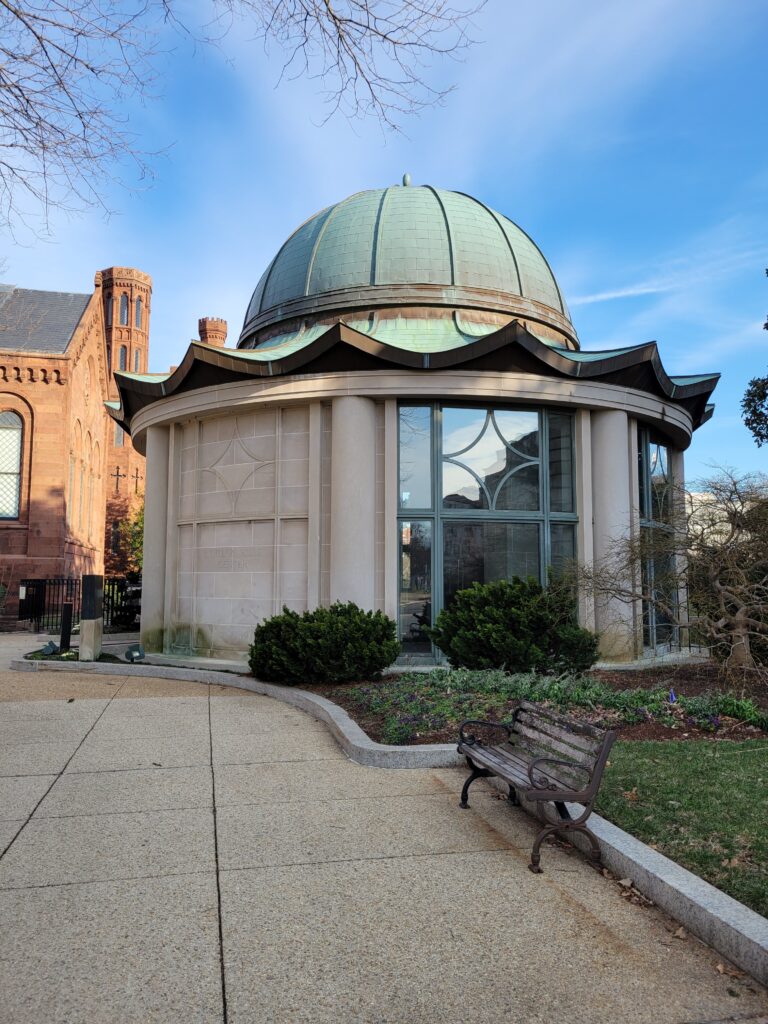Speaker: Lisa Hall Isbell
Title: Most Secret*: Treating Records from a WWII Shipwreck
Date: January 8, 2015; Three Ring Meeting, Nautical Related
Summarizer: Ali Sims

At WCG’s Annual 3-Ring Circus, Lisa Hall Isbell, Senior Paper Conservator for the National Archives and Records Administration, shared her interesting experience treating records from a World War II shipwreck. The documents she treated came from the Destroyer Class ship the USS Peary, which was sunk off the coast of Australia in February of 1942, just two months after the attack on Pearl Harbor. The ship was not salvaged until 1959, and not until 2007, were the documents evaluated for conservation. This extensive gap between recovery and conservation can be explained by the classified nature of these materials and the lengthy process of declassification. Because of their level of classification, it would be necessary to examine each page of each document in order to declassify them.
Though Isbell first encountered the documents in bankers boxes, the extent of the damage quickly became evident when she opened the boxes and could not initially identify what she was looking at. Hundreds of pages of the ship’s documents were encased in thick, hardened mud, contained within burlap sacks. Examination would eventually reveal that these pages consisted of nautical charts, manuals, ships logs, and most interestingly, code books. Though not particularly relevant to the treatment of the documents, this is an interesting historical footnote, as standard naval procedure at that time dictated that code books would be periodically destroyed for security purposes, and the USS Peary had amassed a small library of theirs. At the completion of the project, Isbell learned that the National Cryptologic Museum had an interest in the documents, for obvious reasons.
Isbell wisely approached the situation with caution and consulted with other conservators throughout, as it was a project unlike any she had previously encountered; any attempt to separate the pages from their pressed block form resulted in flaking of the paper. She knew that due to the enormity of the task she would have to take a phased approach. She cites Gail Harriman, Senior Book Conservator at the National Archives, as one of her major resources at this time, as the bulk of these materials were books. They decided that a good first step was gently to wash the documents whole, which helped to loosen the bulk of the caked-on mud and debris, but did little to separate the pages which had been compressed for more than six decades. Isbell commented that at this stage she was somewhat surprised at the lack of mold on the pages, but after consultation with marine archaeology conservators, she realized that the high levels of salt and lack of exposure to the air would mitigate mold growth. Her next step was to find a treatment which would effectively separate the pages, her biggest hurdle. She consulted with Cathleen Baker, Exhibition Conservator at the University of Michigan, who “said one word… ethanol.” At Baker’s instructions, Isbell chose a book which had been submerged in deionized water and had continued to flake and lose paper fibers around the edges of the pages as a good candidate for the treatment. She submerged it in ethanol and then allowed the solvent to evaporate in a fume hood overnight. Within 24 hours she discovered she was able to separate the pages carefully. After that point, the treatment followed a more traditional paper conservation approach in which the documents were humidified passively in the sink and dried between blotters. Though only one of the pages was eventually separated, dried, and placed into polyester sleeves, the majority of them were considered not “safe to serve” because they were still in multiple pieces.
When summarizing her experience with these documents, Isbell highlights the innovation and creativity of conservators with one simple quote: “I did a lot of things I had never done before.” She noted that nothing in either her training or her bench experience approached the extensive intervention required in this project. Indeed, she stepped outside of her area of expertise, thoroughly researched and consulted with fellow conservators, and developed a treatment plan to conserve the documents of the USS Peary successfully for future generations.
*”Most Secret” is a British classification referring to a degree of sensitivity, similar to secret and top secret as used in the United States.